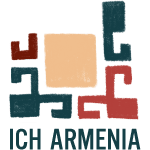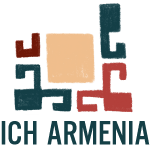It is a symbol of memory, phenomena, events and processes related to the history of the nation, the origin of the clan. Written information is found from the 19th century. It flourished especially in the 20th century and continues to thrive today. Fixes the awareness of the vertical and horizontal layers of family-blood kinship ties, lineage or super-lineage, memory, perpetuation of lineage names. Early versions of the family tree were a practice of recording the chronology of births and deaths of members of a family on the last page of the Gospel or Holy Book, which later became an independent unit, drawn on paper or in some other form, with an image representing the branching development of several generations through clay, wood carvings (from here (name: “family tree”). Varieties of family trees evolve along with life and modern technological capabilities are also used today.
It is vibrant and continues to evolve in terms of form and content. Today, family trees are drawn up in various artistic and aesthetic solutions, working to include at least seven generations of a family kinship group in vertical and as wide as possible horizontal directions.


